Geography plays a crucial role in a country’s social and economic advancement. Some regions are naturally better off due to advantages like fertile land and natural borders. Consider Switzerland, for instance, which has greatly benefited from its geography.
However, geography can also hinder a region’s progress, often attributed to politics or cultural differences. While those factors matter, they don’t fully explain the persistent logistical and economic issues faced by many nations. A closer look at their maps reveals the significant impact of geography.
Russia

Russia faces numerous geographical challenges, starting with its immense size. While its vastness makes invasion difficult, it complicates transportation and trade. This partly explains why Russia was among the last European powers to fully industrialize.
Another issue is Russia’s access to the oceans. Many key ports are frozen for a significant part of the year due to its location in a mostly frozen region. Vladivostok, its largest Pacific port, is constrained by the Sea of Japan, largely controlled by Japan. This lack of a functional, year-round major port has limited Russia’s naval influence beyond its immediate borders.
Australia
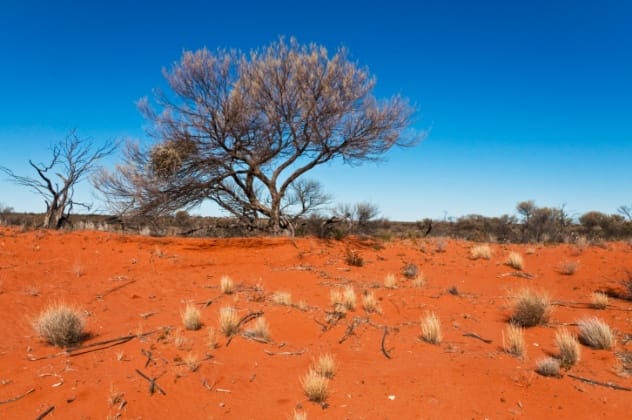
Australia is a prosperous, developed nation, yet its geographical features present significant hurdles. Its population density map reveals that most people live in urban centers in the south and southeast. The rest of the country consists of inhospitable terrains, ranging from dry deserts to tropical forests.
Most of Australia is arid, leading to water scarcity. Many regions face drought conditions, and even urban centers like Sydney and Melbourne are experiencing reduced rainfall, exacerbating the situation in the world’s driest continent.
Indonesia

Indonesia’s geography stands out as it is the largest archipelago nation, comprising over 18,000 scattered islands of varying sizes. Some are small, while others are comparable to islands like New Guinea and Borneo.
The vast distances between Indonesia’s islands have historically challenged the country’s progress. Indonesian kingdoms had to wait for maritime technology to advance, unlike their counterparts in Europe or Asia. This also poses an identity challenge, making it difficult to unite diverse peoples and cultures into a single national identity. Additionally, its location in the Pacific Ring of Fire makes it prone to frequent natural disasters, including volcanic eruptions and earthquakes.
Egypt
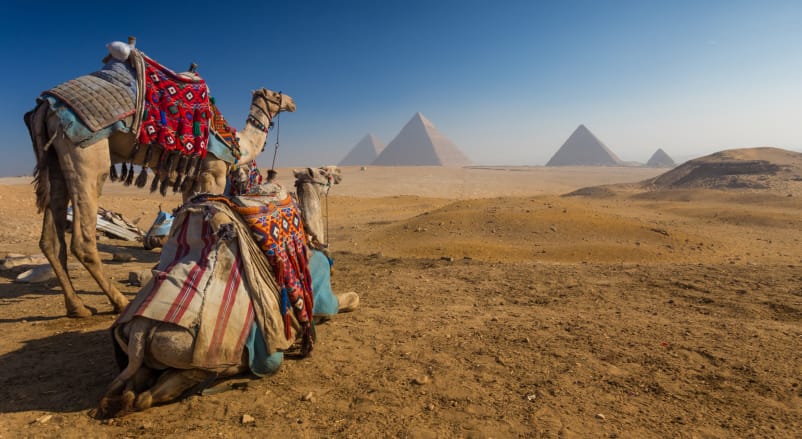
Egypt’s geography, particularly the fertile Nile delta, has historically been a lifeline, fostering one of the earliest civilizations. However, the construction of the Suez Canal in 1868 changed this dynamic.
The Suez Canal, linking the Mediterranean and Red Seas, eliminated the need for European trade ships to circumnavigate Africa to reach Asia. While boosting business, it introduced political instability. Egypt has since been at the center of major conflicts related to control of the canal, such as the Suez Crisis of 1956 and the Arab-Israel War of 1967. Access to the canal remains a significant political issue today.
Pakistan
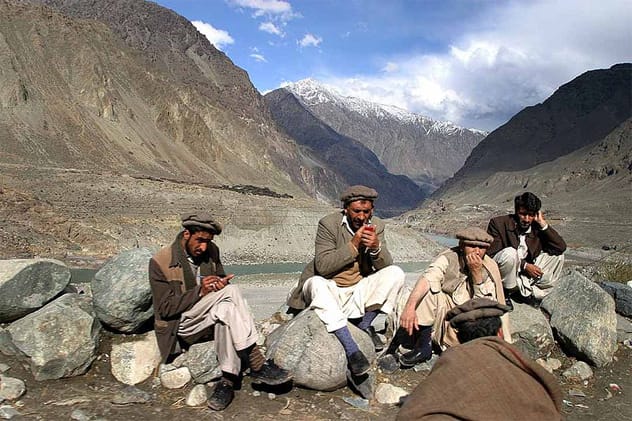
Pakistan’s geography poses considerable challenges. Most of its cities are near the border with India, a neighbor with whom it has been in a state of conflict since its creation in 1947.
The Pakistan-India border, except for the mountainous north, is mostly open ground, making it difficult to defend against invasion. In the 1965 war, India advanced close to Lahore, Pakistan’s largest city, highlighting this vulnerability.
The Netherlands

The Netherlands, despite its small size, established a vast colonial empire. It is a developed and prosperous nation because of its success in overcoming geographical challenges.
Nearly one-third of the Netherlands lies below sea level, requiring constant and costly efforts to keep the water out. The country is filled with structures like artificial dunes, flooded marshes, and pumps. Maintaining these defenses consumes a significant portion of the government’s budget, and rising sea levels threaten to worsen the problem.
China
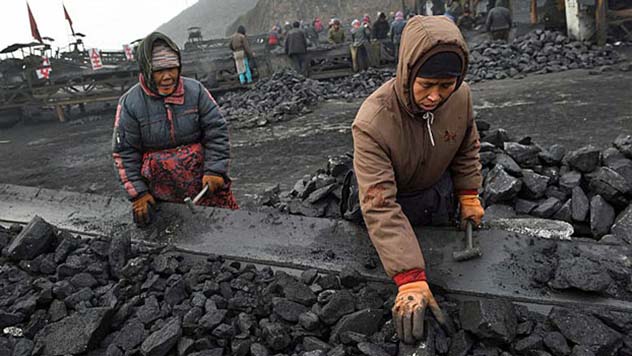
China’s history is marked by internal strife and conflict, possibly hindering its involvement in external wars. The Taiping Rebellion, the largest in history, occurred in China, along with numerous other civil wars.
As one of the largest and most densely populated empires, China’s geography contributes to its challenges. Topographically, it’s divided into fertile lowlands surrounded by dry, sparsely populated highlands. These highlands have historically been difficult to control, acting as a buffer against invading tribes. Maintaining unity across its vast, diverse territory has been crucial for stability.
Uzbekistan

Being landlocked creates significant obstacles for trade, economic development, and political stability. Landlocked nations must invest heavily in accessing ports, as land trade is expensive and time-consuming. They also depend on the stability of neighboring countries.
Uzbekistan faces the additional challenge of being doubly landlocked, surrounded by other landlocked countries. Since its formation after the dissolution of the Soviet Empire in 1991, Uzbekistan has incurred high trading costs, affecting its economic prospects. It is also surrounded by politically unstable countries.
Japan
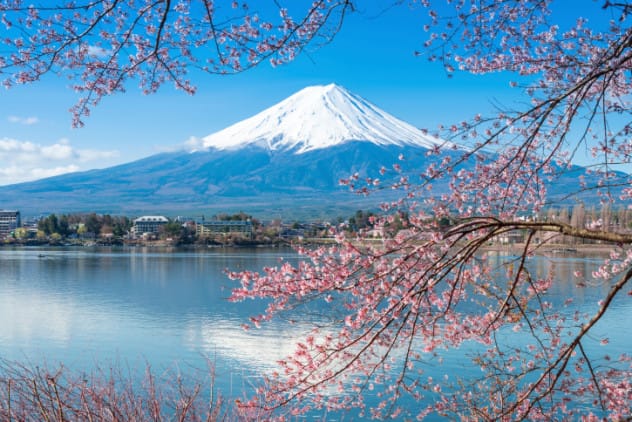
Japan grapples with numerous geographical issues. It lies along the Pacific Ring of Fire, a tectonically active region with frequent earthquakes. Earthquake-proofing is legally mandated for buildings in many cities.
Mountains cover most of the country, limiting arable land to about 20% of the total area. This increases the cost of importing food and restricts the number of people who can work in agriculture. Additionally, Japan lacks significant mineral and natural resources, further raising import costs.
The Entire African Continent
While Africa comprises diverse regions and cultures, the entire continent faces a shared geographical challenge: its length. Unlike the horizontal stretch of Eurasia, which facilitates the spread of crops and technologies, Africa’s vertical orientation has historically hindered its progress.
This vertical spread has limited cultural evolution along the east-west axis, slowing the spread of new technologies and developments across the continent. This factor, though often overlooked, contributes significantly to Africa’s developmental challenges.
In conclusion, geography significantly impacts a country’s development and stability. From Russia’s vastness to Africa’s shape, these factors create unique challenges that nations must overcome.
What are your thoughts? Leave your comment below!










